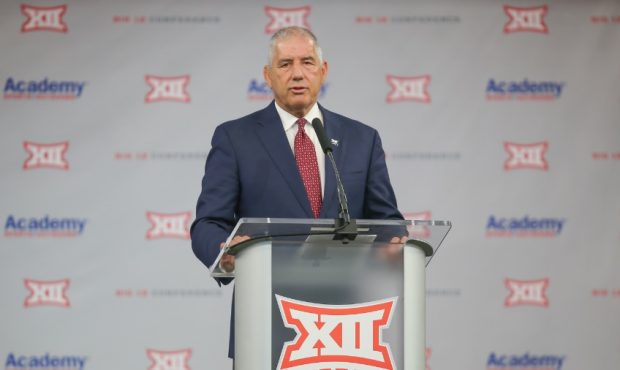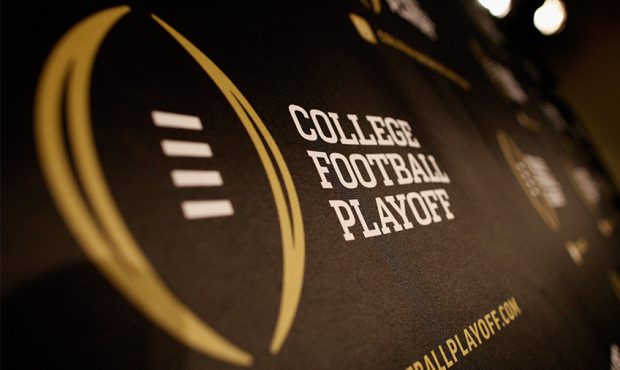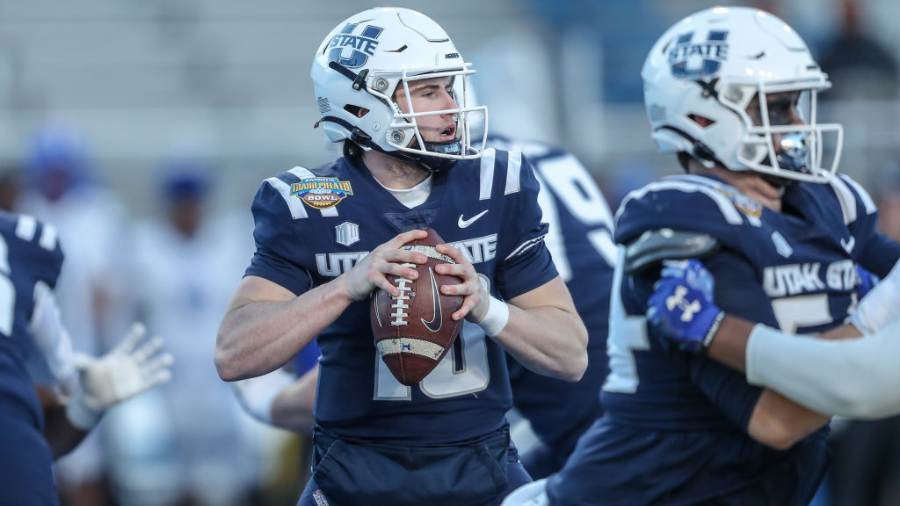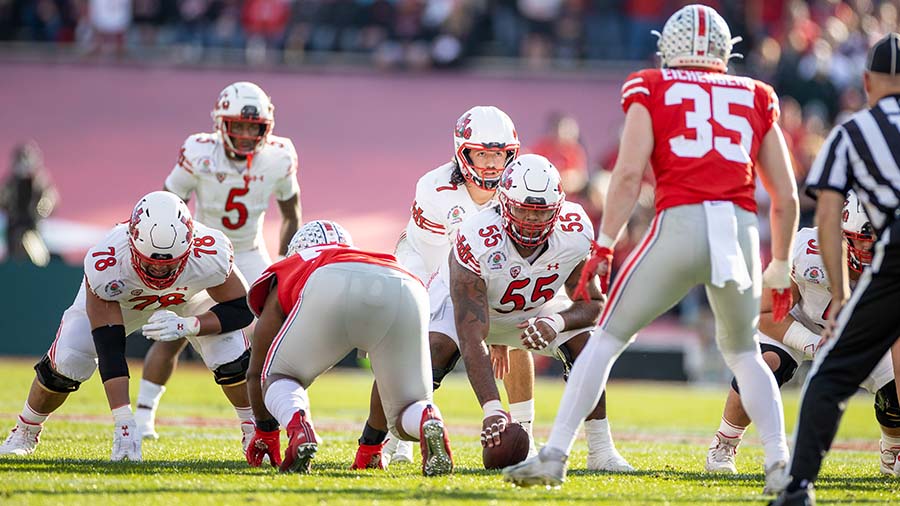Pac-12 Conference Issues Statement After Lack Of Playoff Expansion
Jan 10, 2022, 3:44 PM | Updated: 3:45 pm
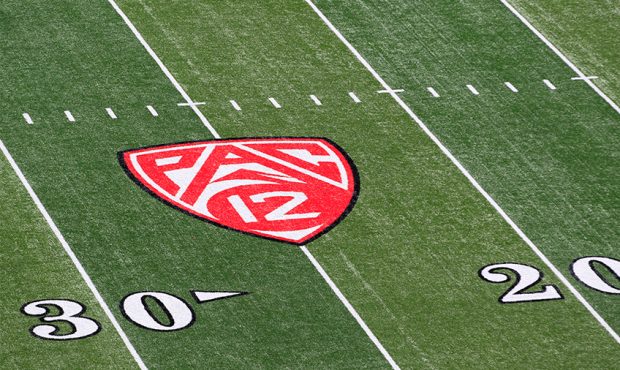
Pac-12 Logo on the field at Rice-Eccles Stadium (Photo by Getty Images)
(Photo by Getty Images)
SALT LAKE CITY – The Pac-12 Conference issued a statement following a lack of expansion in the College Football Playoff.
On Monday, January 10, the morning of the National Championship Game, the 10 conference commissioners and Notre Dame athletic director Jack Swarbrick met in Indianapolis, Indiana, and presented the original 12-playoff proposal to the College Football Playoff presidents and there was no unanimous decision.
Meaning, that the four-team playoff will remain intact through the remainder of the current TV contract to 2026.
Following the lack of expansion, the Pac-12 issued the following statement:
“The Pac-12 is strongly in favor of CFP expansion, and we support all of the six most-discussed expansion models that would allow for expansion to occur in time for the final two years of the current CFP agreement. These six models include:
1. Qualification for the best 12 teams;
2. Automatic qualifications (AQs) for the six highest rated conference champions and six at-large bids (“6+6”) (the original proposal made by the CFP sub-committee in June of 2021);
3. AQs for the Autonomy Five conferences and one AQ for the highest ranked Group of Five champion, along with six at-large bids (“5+1+6”);
4. Qualification for the best eight teams;
5. AQs for the six highest rated conference champions and two at-large bids (“6+2”); and
6. AQs for the Autonomy Five conferences and one AQ for the highest ranked Group of Five champion, along with two at-large bids (“5+1+2”)Due to the existing CFP voting structure, to expand beyond the current four-team CFP model during the current CFP agreement term requires unanimous consent of all 11 CFP Board members. It is clear none of the six most-discussed expansion models has unanimous consent, with most having considerable opposition, and every conference other than the Pac-12 has indicated that they would be against at least one of the proposed models.
If all 11 CFP members are unable to agree unanimously on a new format, then no expansion can occur in the current term, and our collective focus must turn to expansion immediately following the current term. The CFP has confirmed that we have another two years before we would need to come to agreement on an expanded format that could begin immediately after the current term ends.
The Pac-12 will continue to take a solution-oriented and flexible approach to allow for CFP expansion to occur as soon as possible.”
Pac-12 statement on CFP expansion
— Pac-12 Conference (@pac12) January 10, 2022
One of the big hangups to the 12-team Playoff is automatic qualifiers. The original proposal stated that the “six highest-ranked conference champions” would receive automatic bids. That did not specify the Autonomous Conferences or Group of Five, just the six highest-ranked conference champions. Some of the Power Five leagues have not been fond of that.
The newly formed Alliance made up of the ACC, Big Ten, and Pac-12 Conferences has been pushing to have all Power Five league champions receive automatic bids into the 12-team field.
The College Football Playoff doesn't appear to be expanding anytime soon.
Big 12 commissioner Bob Bowlsby was disappointed with that outcome.#CFBPlayoff #Big12 https://t.co/s34BRUXNz1
— KSL Sports (@kslsports) January 10, 2022
Another hang-up has been the television rights. ESPN currently has exclusive television rights to the Playoff. The Big Ten, who is heavily connected to FOX, would like to see additional television partners involved with the Playoff.
The likelihood of the Playoff bumping up to 12 teams in this current television deal appears unlikely after this move. With the focus now shifting to creating a new format after this agreement concludes in 2026.
According to Sports Illustrated’s Ross Dellenger, this decision to not expand the Playoff to 12 within this current contract means that the leaders of colleges are passing on $450 million of additional revenue that would have been generated in 2024 and 2025.


